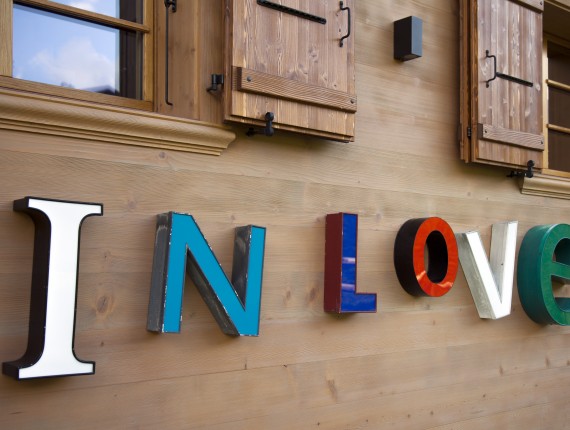A grain of concrete

A concrete cube attached to a peasant dwelling house. By confronting the existing and the surprising, this delicate hybridization brings together two eras and two architectures. By multiplying the possibilities of inhabiting it, and therefore of making it come alive, it offers a new standard of life, the barely emerged sensation of having already existed.


















Yasmin Nicoucar likes atypical projects. Those where she can play with materials, confront the existing and the surprising, delve back into the history of places to better question their future potential. The building in question here is a form of bourgeois house, farmhouse in its location and its rustic, domestic appearance. It is not listed as heritage, but has an undeniable charm. A house located in the Geneva countryside that the Carouge architect has taken care to preserve while offering a renovation that will increase the possibilities of living in it. To make it come alive.
Revealing the existing
Its maximum intervention obviously consists of this cube of concrete and touches of glass which adjoins the original building. “My goal was not to touch the house, but to come next to it,” explains the architect. Do not reveal the new thing straight away, but first walk alongside the house and then discover the extension. Bringing together two eras, two architectures. Rather than sticking them together and carrying out a delicate hybridization, she created a breath of fresh air between the two buildings.
From the outside, it is possible to see through the kitchen. It is a monolith pierced with windows which allow visual breakthroughs which extend to the mountains on the other side. A single room which houses the kitchen, a living room which opens out overlooking an exceptional panorama which extends from Voirons to Salève, and even further. A promontory without guardrails or physical barriers hindering initial contemplation. A terrace which overlooks a sloping ground and allows you to enjoy the cedar whose existence dates back well before the construction of the house. The garden is dotted with native fruit trees, like an orchard of yesteryear.
Drag a visible link
If the two constructive modules may seem contradictory, a breadcrumb thread connects the new to the old. Exposed concrete masonry which is intended to be complementary in terms of materiality, and which gives this monolith the feeling that it seems to have emerged from nowhere, perched on its height, like the Acropolis on its Athenian hill.
The house, for its part, is intended to be a romanticized rereading of its past. With a large open-plan living room, where skylights replace the doors. With mosaics in the bathrooms that echo the floor tiles on the landings. With cornices preserved for their historical character, because they are a testimony, an imprint of the existing spaces, delimited by a wall which no longer exists. A light gray covers the entire ground floor like a veil, a powder... At the top, the master bedroom occupies the attic, a unique room, individual dressing rooms, and exposed beams. Without walls, transversal from one window to another, it is a suite which imposes its solemnity, its silence. To be convinced, just take a look at the garden for a highly symbolic tête-à-tête with the foliage of the cedar, definitively master of the place.
If the cube is all covered in concrete, the house is covered with the famous Bardonnex tiles, it's a detail, but not so much, because they constitute the very latest delivery of this authentic part of Geneva's heritage. Tiles of which not one resembles its neighbor and which offer an absolutely unique pictorial composition. Yasmine Nicoucar's office loves winks and pieces of history.
Photographies © Dylan Perrenoud
Télécharger Construction & Rénovation 2022